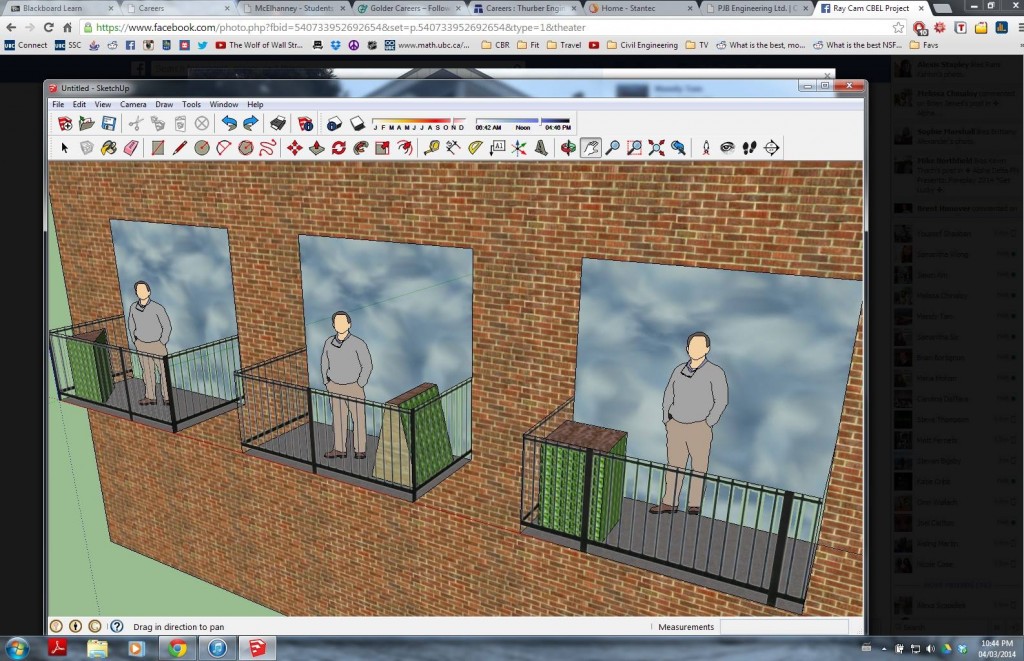Now that the team is well over a month into the project, progress has been made in the design of the vertical gardens. Our team has been meeting frequently to discuss and consider different design aspects in order to be able to finalize one idea. The first stage was to come up with a basic geometric shape for the exterior structure. Basic rectangles, cylindrical, and pyramidal shapes were all considered by our team. We narrowed down our choices to three main shapes that would optimize the performance of the vertical gardens without using excessive amounts of materials. These shapes were a rectangle, a triangle, and a slanted trapezoid.
The other important consideration was a proper irrigation system. Our team planned on using plastic pipes that would be inserted into the interior of the garden that would allow water to be poured down them. The pipes would have a series of holes in them that would allow the water to seep out of the pipes and into the surrounding soil, evenly distributing the water throughout the entire garden. We would implement this system in the rectangular and triangular designs however the trapezoid design did not need any irrigation system. The angular orientation of the sides of the trapezoid allow for water to be poured on the exterior of the garden without needing any piping system in its interior.
After brainstorming and drafting our different design options, out team scheduled a meeting with Ray Cam to finalize one design for our team to carry forward. We also used the time to discuss which materials will be used for the construction of the gardens and the design implications these materials will have on the project. After some discussion, it was decided that the trapezoid design would be the best option. This was decided based on the fact that the irrigation system would not be needed for this design. That reduces the material costs and eliminates some of the complications that would result from creating the irrigation system. Now that our team can focus on one design option, we are now able to set up a timeline in order to finish the project before the end of the term.
The goal for the team is to complete a final draft of the vertical garden design that Ray Cam can then use to manufacture a prototype and to eventually produce 100 units for the community. In order to achieve this, our team has set the following deadlines:
March 14th: Design the base of the garden (Including possible wheels attached to the base)
March 21st: Design the connections that will be used to fasten the different sections of the garden in place
March 17th-21st: Meet with Ray Cam to finalize the design parameters listed above
March 31st–April 4th: Have a final design completed as well as setup instructions so that Ray Cam will be able to easily assemble the gardens (i.e. Project Completion)

Hi Team,
It’s great to see this timeline! I’m looking forward to seeing what you have come up with during the poster session on the 31st.
What are you learning about the context of engineering work? Do you think your design would be different if the client was from a town instead of Vancouver?
Regards,
SN